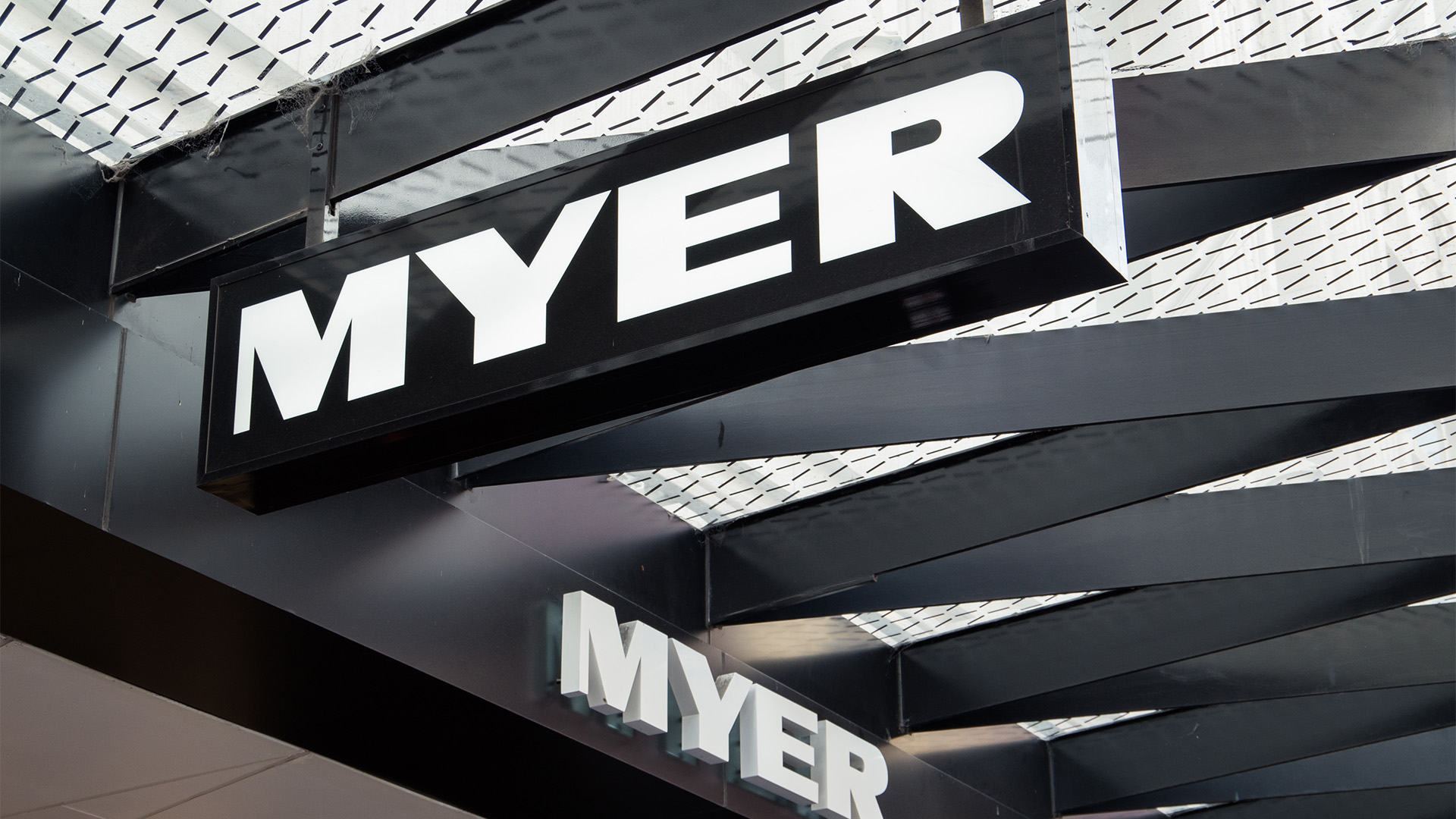As expected, Japanese Prime Minister Shinzo Abe’s cabinet yesterday approved a 28.1 trillion yen ($US274 billion) stimulus package.
But the detail confirms that the large headline figure won’t be matched by the detail which shows a smaller amount of direct spending.
The package includes 7.5 trillion yen in spending by the national and local governments, and 6 trillion yen from Japan’s Fiscal Investment and Loan Programme, which is not included in the government’s general budget.
The headline figure for the package includes public-private partnerships and other amounts that are not direct government outlays and therefore may not give an immediate boost to growth.
By total size, the stimulus package ranks among Japan’s biggest since the global financial crisis, but an estimated 75% of the headline amount isn’t actual government outlays but targeted low-interest loans from the government and state-owned companies.
Of the actual new spending of 7.5 trillion yen most will be spent over the next two years, further watering down the impact of the stimulus.
The government will draw up a supplementary budget later this month to provide for extra stimulus spending of some ¥4 trillion in the year ending in March, 2017.
The program will include funds for infrastructure projects, including a magnetic-levitation train line connecting Tokyo and Osaka. It also will pay for cash handouts of ¥15,000 each to 22 million low-income people, as well as reconstruction projects in a southern region hit by earthquakes in April.
The package comes days after the Bank of Japan eased policy again and announced a plan to review its monetary stimulus program in September. The Tokyo stockmarket fell 1.47% yesterday as global oil prices eased. The yen finished at 101.70 to the US dollar.













